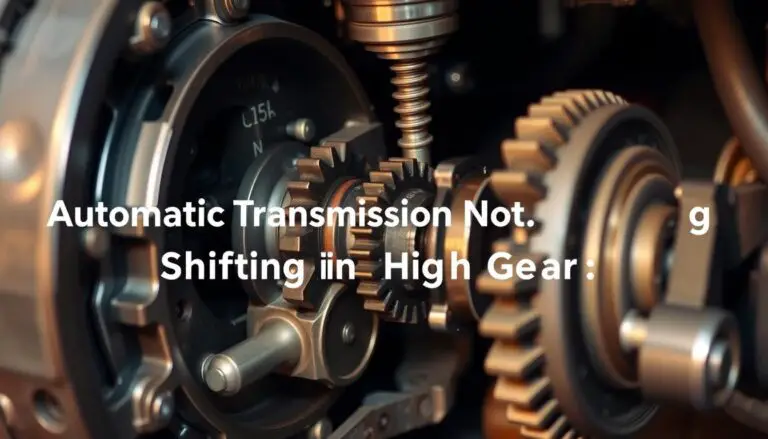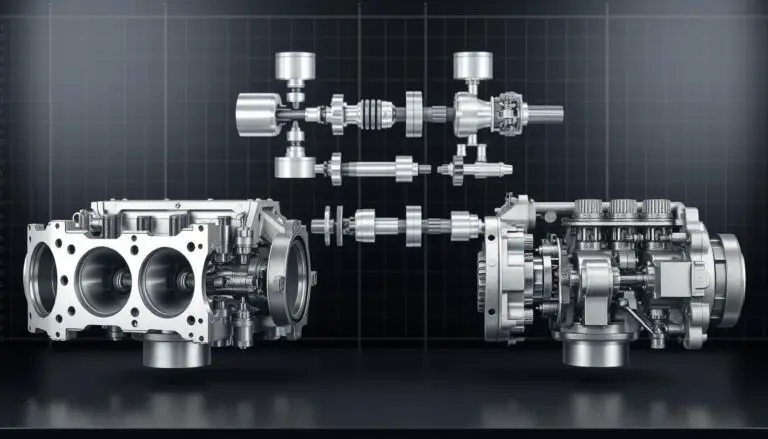When your car’s engine runs at an unusually low idle RPM, it can lead to stalling, rough performance, and even long-term engine damage. Understanding what idle RPM is and why it matters is the first step to diagnosing this common issue.
In this comprehensive guide, we’ll explore the various causes of low idle RPM in both gasoline and diesel engines, how to identify symptoms, and practical troubleshooting steps you can take before seeking professional help.
What Is Idle RPM and Why Is It Important?
Idle RPM refers to the speed at which your engine runs when the vehicle is stationary with the engine on but without pressing the accelerator pedal. This is measured in revolutions per minute (RPM) and typically ranges from 600 to 1000 RPM for most modern vehicles. At idle, your engine needs to maintain enough power to operate essential systems like the alternator, power steering, and air conditioning without stalling.
Maintaining proper idle speed is crucial for several reasons. First, it ensures your vehicle can operate reliably when stopped at traffic lights or in congested traffic. Second, it contributes to fuel efficiency and reduces unnecessary emissions. Finally, a stable idle indicates that your engine’s various systems—fuel delivery, air intake, and electronic controls—are working in harmony.
Important: Modern vehicles have computerized idle control systems that automatically adjust idle speed based on engine temperature, electrical load, and other factors. When these systems malfunction, low idle RPM issues can occur.
Common Symptoms of Low Idle RPM Problems
Before diving into causes, it’s important to recognize the symptoms that indicate your vehicle is experiencing low idle RPM issues:
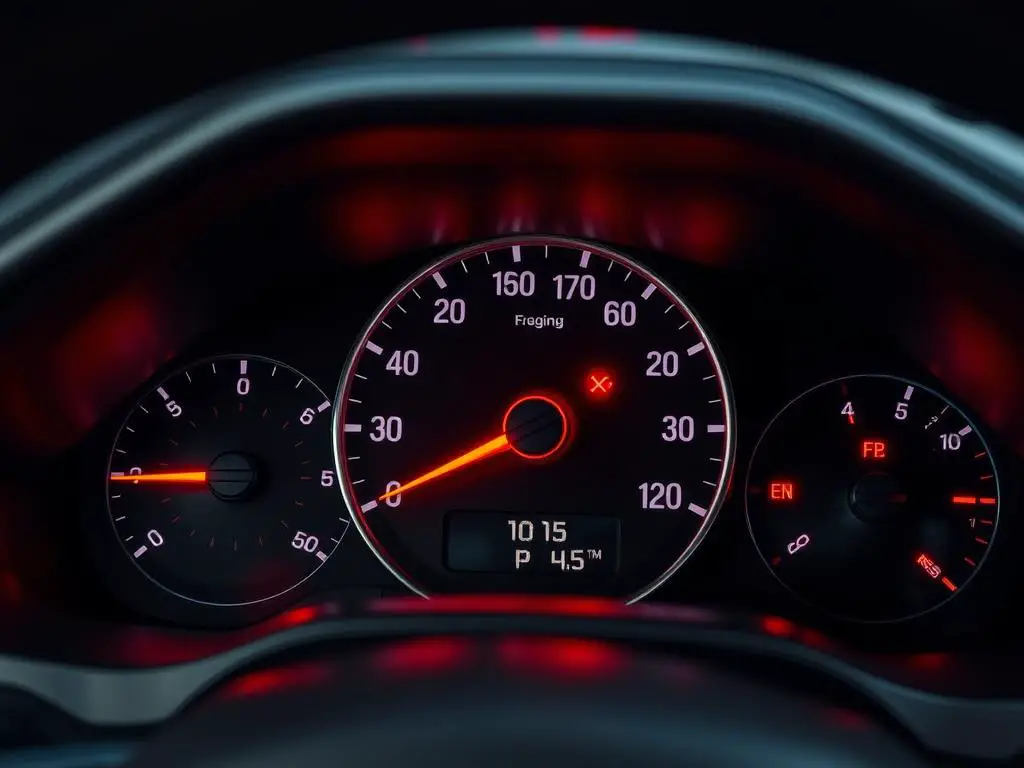
- Engine stalling when stopped or slowing down
- Fluctuating or inconsistent RPM readings
- Rough or shaky idling sensation
- Hesitation when accelerating from a stop
- Check engine light illumination
- RPM needle dropping below 500
- Engine struggling to maintain power at idle
- Poor fuel economy
Fuel System Issues Causing Low Idle RPM
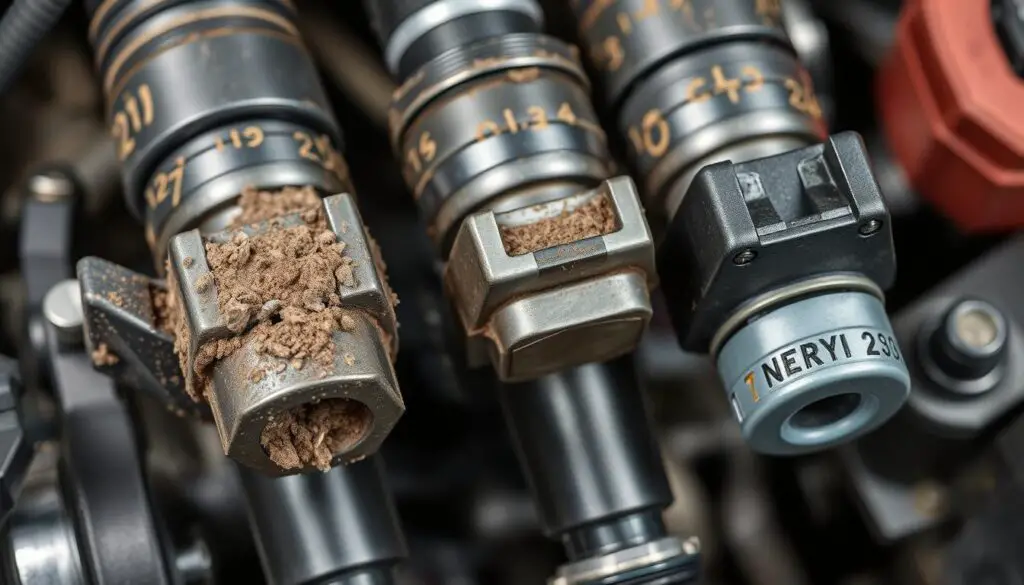
The fuel system is often the primary culprit behind low idle RPM problems. When your engine doesn’t receive the proper amount of fuel at idle, it can’t maintain sufficient power to keep running at the correct speed.
Dirty or Faulty Fuel Injectors
Fuel injectors disperse precise amounts of fuel into your engine at specific angles. Over time, they can become clogged with carbon deposits and debris, leading to improper fuel spray patterns and reduced fuel delivery. This directly impacts idle performance, causing RPMs to drop below normal levels.
“Dirty fuel injectors can reduce fuel flow by up to 30%, significantly affecting idle stability and causing RPMs to drop below manufacturer specifications.”
Failing Fuel Pump
The fuel pump is responsible for delivering fuel from the tank to the engine under the correct pressure. A weakening pump may still provide enough fuel at higher RPMs but fail to maintain adequate pressure at idle, resulting in low RPM and potential stalling.
Clogged Fuel Filter
A fuel filter that’s become restricted with contaminants limits fuel flow to the engine. While this might not be noticeable at higher speeds when fuel demand is greater, it can significantly impact idle performance where the margin for proper operation is smaller.
DIY Check: Listen for the fuel pump when you turn the key to the “on” position before starting. You should hear a brief humming sound. No sound could indicate a failing pump.
Air Intake Problems Affecting Idle RPM

Just as your engine needs the right amount of fuel, it also requires the proper volume of air to maintain a stable idle. Issues with air intake components can significantly impact idle RPM.
Dirty Air Filter
A clogged air filter restricts airflow to the engine, creating an imbalanced air-fuel mixture that’s too rich (too much fuel, not enough air). This can cause the engine to run inefficiently at idle, resulting in lower-than-normal RPM and rough operation.
Vacuum Leaks
The intake system operates under vacuum pressure, and any leaks in vacuum hoses, gaskets, or the intake manifold allow unmetered air to enter the system. This disrupts the carefully calibrated air-fuel ratio, typically causing erratic idle that can include periods of low RPM.
Throttle Body Issues
Carbon buildup on the throttle body can prevent the throttle plate from closing properly or restrict airflow. Since the throttle body controls the amount of air entering the engine, any issues here directly affect idle speed and stability.
Warning: Never attempt to clean the throttle body without disconnecting the battery first. Modern vehicles have electronic throttle controls that can be damaged if proper procedures aren’t followed.
Sensor Malfunctions and Electronic Control Issues
Modern vehicles rely on numerous sensors to maintain proper engine operation. When these sensors fail or provide incorrect data, idle RPM can be directly affected.
Idle Air Control Valve (IAC) Problems
The IAC valve regulates how much air bypasses the throttle plate during idle, directly controlling idle speed. A faulty IAC valve can cause inconsistent idle speeds, including periods of low RPM and stalling.
Mass Airflow Sensor (MAF) Issues
The MAF sensor measures the amount of air entering the engine, allowing the computer to adjust fuel delivery accordingly. When dirty or failing, it can report incorrect airflow readings, causing the engine computer to deliver improper amounts of fuel, resulting in low idle RPM.
Throttle Position Sensor (TPS) Failures
The TPS reports the position of the throttle plate to the engine computer. A malfunctioning TPS can cause the computer to misinterpret throttle position, leading to incorrect fuel delivery and air intake adjustments that affect idle stability.
Engine Coolant Temperature (ECT) Sensor Problems
The ECT sensor helps the engine computer adjust the air-fuel mixture based on engine temperature. A faulty sensor might cause the computer to think the engine is warmer or colder than it actually is, resulting in improper fuel mixture and low idle RPM.
How can I tell if a sensor is causing my low idle RPM?
The most reliable way is to use an OBD-II scanner to check for error codes. Many sensor failures will trigger a check engine light and store a specific code that can help identify the problematic sensor. Without a scanner, symptoms like idle issues that worsen as the engine warms up (often indicating a temperature sensor issue) or idle problems that occur suddenly without gradual deterioration (typical of electrical sensor failures) can provide clues.
Mechanical Causes of Low Idle RPM
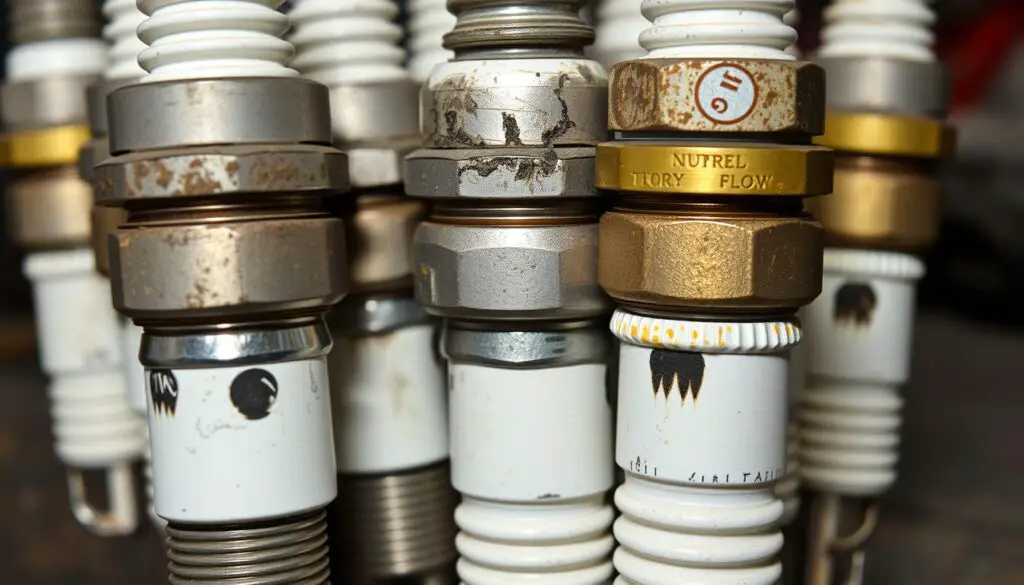
Spark Plug Issues (Gasoline Engines)
Worn, fouled, or improperly gapped spark plugs can cause incomplete combustion, leading to misfires and low idle RPM. Since idle operation requires precise combustion timing, even minor spark plug issues can have a noticeable impact.
Ignition Coil Problems (Gasoline Engines)
Ignition coils provide the high voltage needed to create a spark at the spark plugs. Failing coils can cause misfires, especially at idle when the engine is under less load, resulting in rough running and low RPM.
EGR Valve Complications
The Exhaust Gas Recirculation (EGR) valve reduces emissions by recirculating a portion of exhaust gases back into the combustion chamber. A stuck-open EGR valve introduces too much exhaust gas at idle, diluting the air-fuel mixture and causing low RPM.
Low Compression
Worn piston rings, leaking valves, or a damaged head gasket can cause low compression in one or more cylinders. This reduces the engine’s ability to generate power, particularly noticeable at idle when there’s no additional throttle input to compensate.
| Mechanical Issue | Symptoms | DIY Checkable? | Professional Tools Required? |
| Spark Plug Problems | Misfiring, rough idle, hard starting | Yes | No |
| Ignition Coil Failure | Misfiring, power loss, check engine light | Partially | Yes |
| EGR Valve Issues | Rough idle, stalling, reduced power | Partially | Yes |
| Low Compression | Hard starting, power loss, rough running | No | Yes |
Diesel-Specific Low Idle RPM Causes
Diesel engines have unique systems that can cause low idle RPM problems distinct from those in gasoline engines.
Fuel Injector Pump Issues
The injector pump in diesel engines is responsible for delivering high-pressure fuel to the injectors. Wear or damage to this pump can result in inadequate fuel pressure, particularly noticeable at idle when fuel demands are lower but precision is still critical.
Glow Plug Failures
While glow plugs primarily affect cold starting, faulty glow plugs can contribute to incomplete combustion during warm-up, leading to unstable idle and low RPM until the engine reaches operating temperature.
Air in Fuel System
Diesel fuel systems are particularly sensitive to air intrusion. Even small air bubbles in the fuel lines can cause erratic running and low idle RPM. This often occurs after fuel filter changes or when the vehicle runs extremely low on fuel.
“Diesel engines rely heavily on precise fuel delivery timing and pressure. Even minor discrepancies in the fuel system can cause significant idle performance issues.”
DIY Troubleshooting for Low Idle RPM
Before taking your vehicle to a mechanic, there are several diagnostic steps you can take to potentially identify or even resolve low idle RPM issues:
Basic Inspection Steps
- Check for vacuum leaks – Listen for hissing sounds around the intake manifold and inspect vacuum hoses for cracks or disconnections.
- Inspect the air filter – Remove and examine the air filter for excessive dirt or debris that could restrict airflow.
- Examine spark plugs (gasoline engines) – Remove and inspect spark plugs for wear, fouling, or improper gap.
- Clean the throttle body – With the battery disconnected, carefully clean carbon deposits from the throttle body using a proper throttle body cleaner.
- Check for loose connections – Inspect electrical connectors on sensors like the MAF, TPS, and IAC valve to ensure they’re securely connected.
Using an OBD-II Scanner
If your vehicle was manufactured after 1996, it has an On-Board Diagnostics (OBD-II) system that can provide valuable information about potential issues:
- Connect an OBD-II scanner to the diagnostic port (usually under the dashboard)
- Check for any stored trouble codes related to idle control, fuel system, or air intake
- Review live data parameters like engine RPM, MAF readings, and oxygen sensor values
- Look for values that fall outside manufacturer specifications

Important: Always disconnect the battery before working on electrical components or the throttle body. Follow proper safety procedures when working with fuel system components, including relieving fuel pressure according to manufacturer guidelines.
When to Seek Professional Help
While DIY troubleshooting can identify some causes of low idle RPM, certain situations warrant professional assistance:
When You Can DIY
- Basic maintenance items (air filter, spark plugs)
- Visual inspections for obvious issues
- Simple cleaning procedures (throttle body)
- Reading basic OBD-II codes
- Checking for loose connections
When to See a Professional
- Check engine light is illuminated
- Multiple symptoms occur simultaneously
- Basic troubleshooting doesn’t resolve the issue
- Fuel system or internal engine problems
- Complex sensor or electronic control issues
Professional mechanics have specialized diagnostic equipment that can pinpoint issues more accurately than DIY methods. They can perform:
- Advanced computer diagnostics with manufacturer-specific software
- Fuel pressure and volume testing
- Compression and leak-down testing
- Electrical system diagnostics
- Sensor performance verification
Conclusion: Maintaining Proper Idle RPM
Low idle RPM issues can stem from numerous causes ranging from simple maintenance items to complex electronic or mechanical problems. By understanding the symptoms and potential causes, you can take appropriate steps to diagnose and address these issues before they lead to more serious engine damage or performance problems.
Regular maintenance is key to preventing many low idle RPM problems. Keeping up with scheduled service intervals for items like spark plugs, air filters, and fuel filters can help maintain proper idle performance. Additionally, using quality fuel and keeping your fuel tank reasonably full can prevent fuel system contamination that might affect idle quality.
Remember that while some causes of low idle RPM can be addressed through DIY methods, others require professional diagnosis and repair. Don’t hesitate to seek expert help when basic troubleshooting doesn’t resolve the issue, especially if you notice multiple symptoms or if your check engine light is illuminated.
